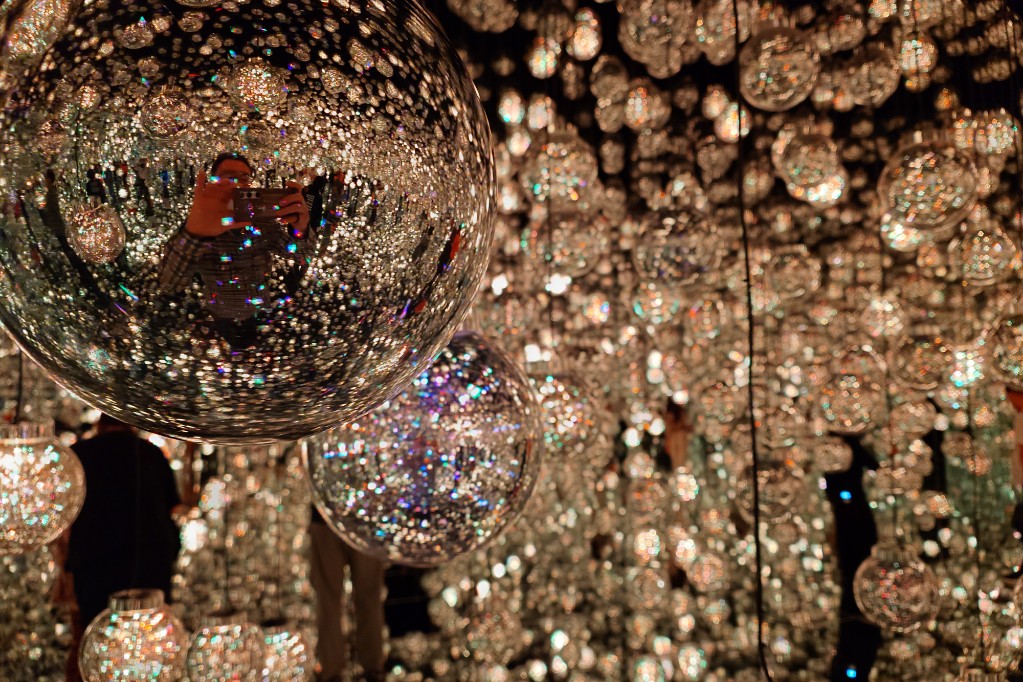カテゴリ: 都内近郊散策
※前回の続きです。
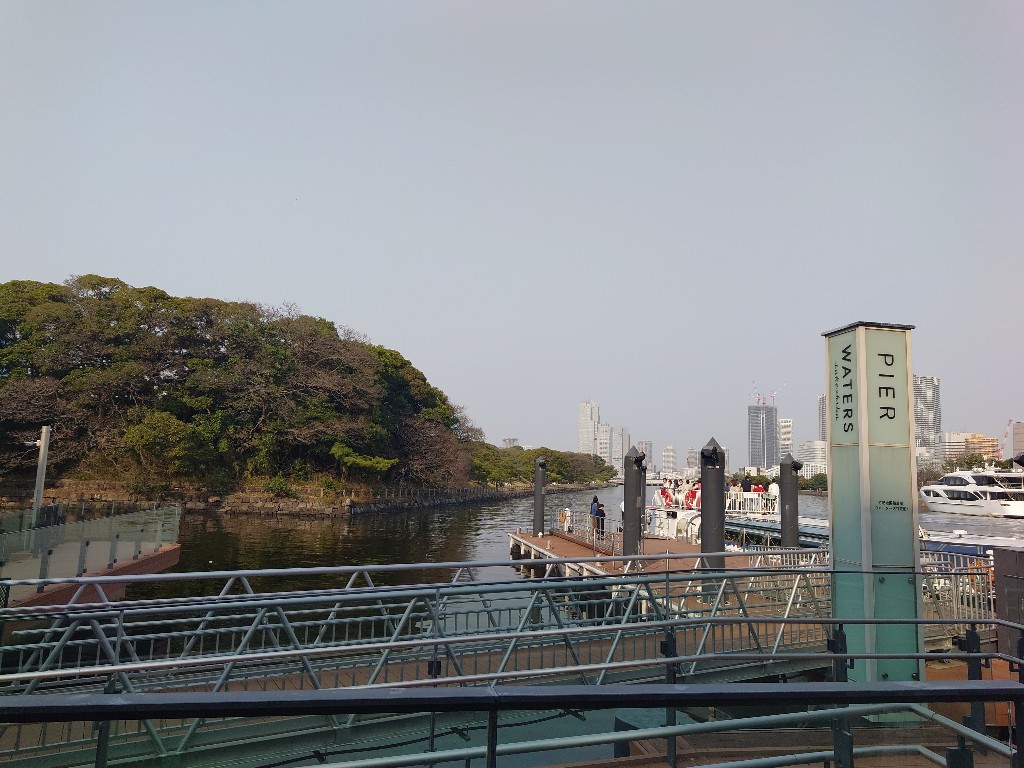
浅草二門前から約40分ほどで「ウォーターズ竹芝」に到着。私はここで降りたが、水上バスはここからお台場に通じている。ちなみに、左手に見える緑は浜離宮恩賜公園。
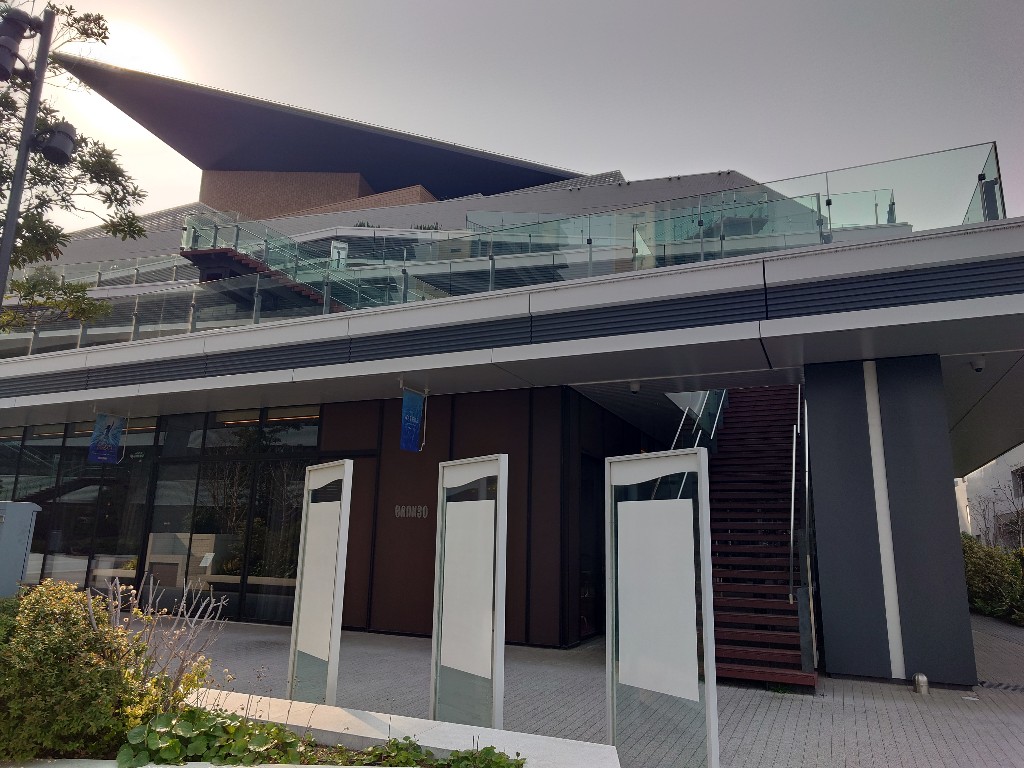
「ウォーターズ 竹芝」は2020年6月にオープンした、オフィス・商業施設・ラグジュアリーホテル・劇場から構成される複合施設。すぐ側には水辺と浜離宮恩賜庭園がある、
建物は、ホテル「メズム東京」の入る「タワー棟」と、「JR東日本四季劇場[春][秋]」やオフィスの入る「シアター棟」の2つに分かれている。また、それぞれに商業施設「アトレ竹芝」が入っているが、駅ソトのアトレはここが初めてだそうだ。
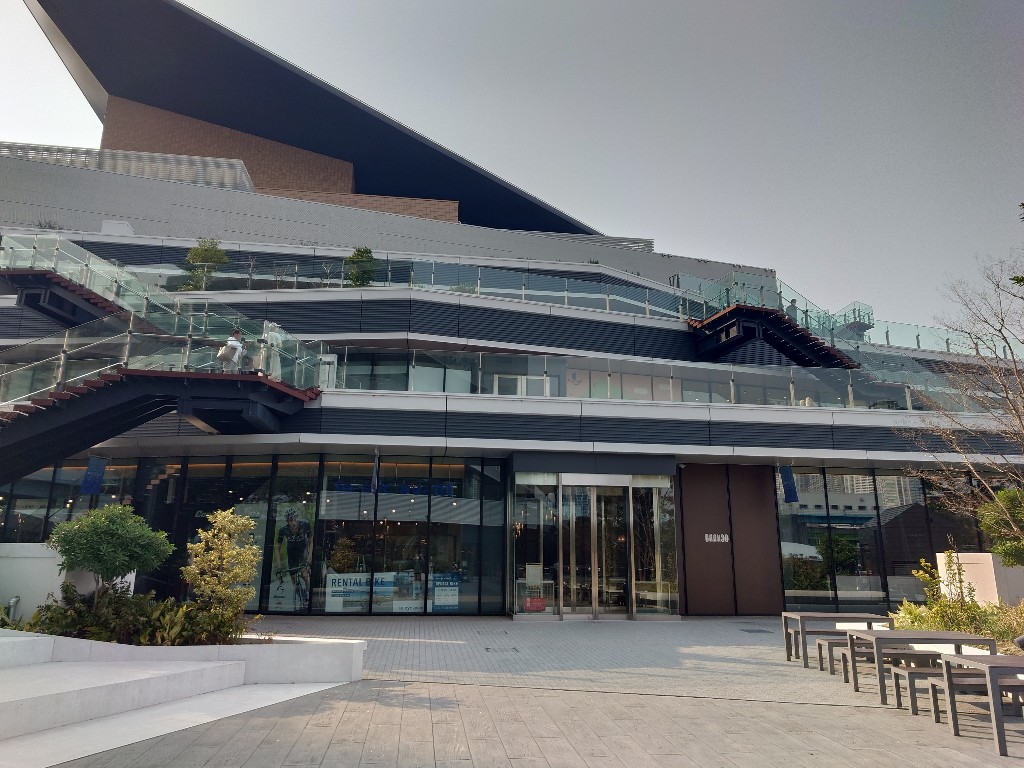
この日は平日の日中とあって閑散としていたが、休日や劇団四季の公演のある夕刻などはもっとにぎわっているのだろう。後日あらためて訪問してみたい。
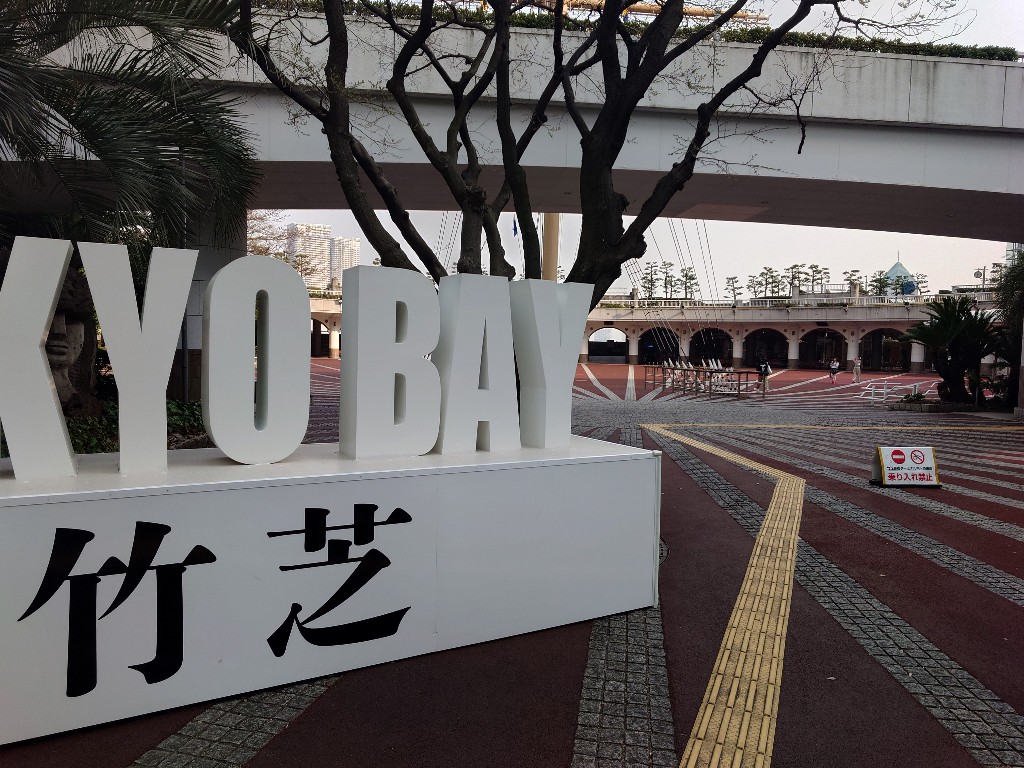
少し歩くと竹芝の発着ターミナルがある。ここから伊豆諸島や小笠原へのフェリーが出ている。

浜松町駅に向かって歩いていく途中にあるのが、途中芝離宮恩賜庭園だ。
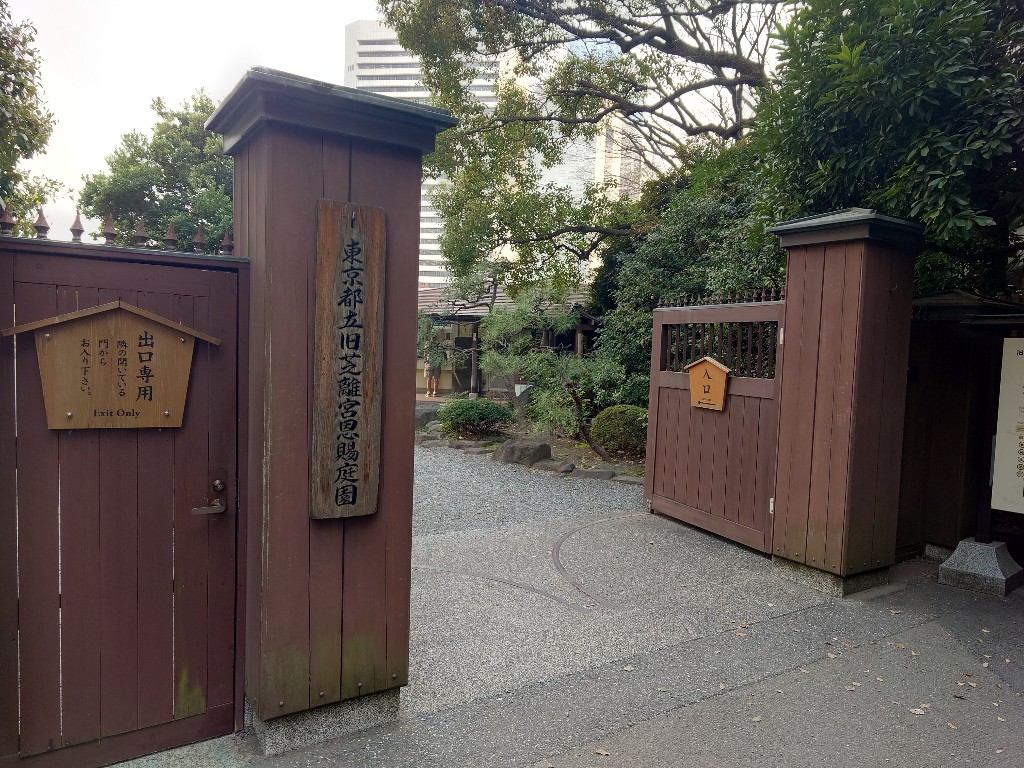
明暦(1655~1658年)の頃に海面を埋め立てた土地を、延宝6年(1678年)に老中・大久保忠朝が4代将軍家綱から拝領したのが始まり。その後、幾人かの所有者を経たのち、幕末頃は紀州徳川家の芝御屋敷となり、明治4年には有栖川宮家の所有となり、同8年に宮内省が買上げ、翌9年に芝離宮となった。
大正12年の関東大震災の際に建物や樹木に大変な被害を受けたが、翌年の大正13年1月には、皇太子(昭和天皇)のご成婚記念として東京市に下賜され、園地の復旧と整備を施し、同年4月に一般公開された。昭和54年6月、文化財保護法による国の「名勝」に指定された。
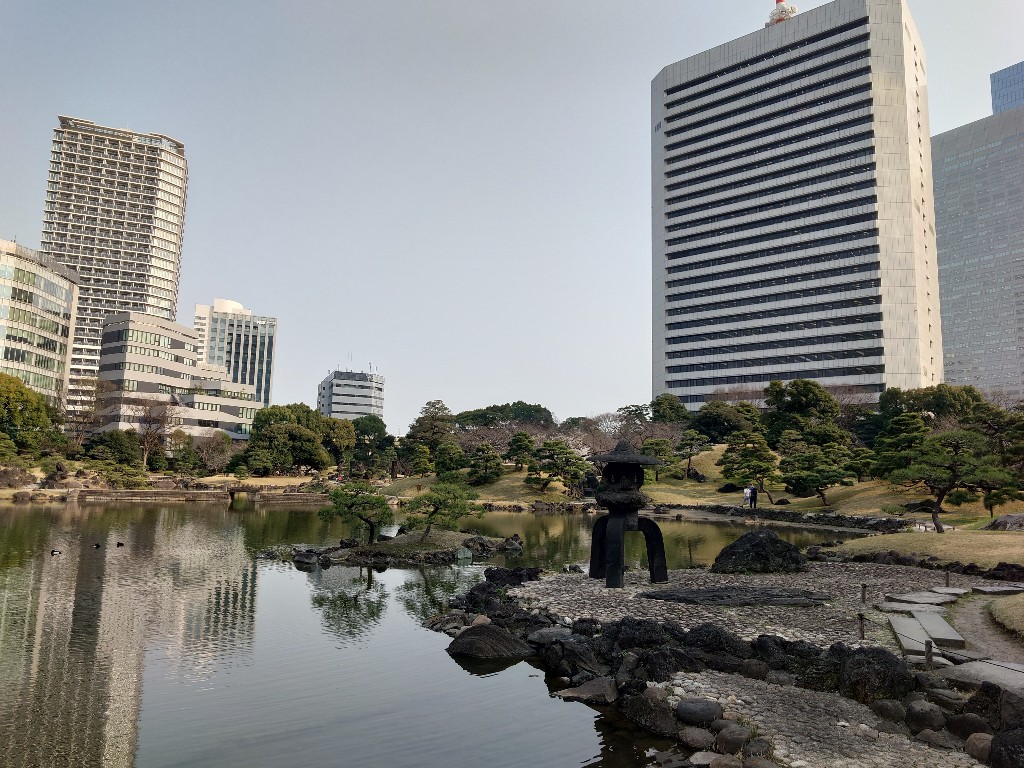


After about 40 minutes from Asakusa Nitemon-mae, I arrived at WATERS Takeshiba. I got off here, though the water bus continues on to Odaiba. By the way, the greenery you can see on the left is Hama-rikyu Gardens.
WATERS Takeshiba, which opened in June 2020, is a multi-purpose complex consisting of offices, retail space, a luxury hotel, and theaters. Right next to it are the waterfront and the Hama-rikyu Gardens.
The buildings are divided into two: the Tower Building, which houses the hotel mesm Tokyo, and the Theater Building, which includes JR East’s Shiki Theatres [Spring] and [Autumn] as well as offices. Both also feature the atre Takeshiba shopping complex — interestingly, this is the first “atre” facility to open outside of a train station.
Since I visited on a weekday afternoon, the place was rather quiet. I imagine it would be livelier on weekends or in the evening when Shiki Theatre performances are on. I’d like to come back again another time.
A short walk away is the Takeshiba Ferry Terminal, from where ferries depart for the Izu Islands and even the Ogasawara Islands.
Walking toward Hamamatsucho Station, I came across the Shiba Rikyu Gardens.
The garden’s origins date back to the Meireki era (1655–1658), when the land was reclaimed from the sea. In 1678, it was granted by the 4th shogun Ietsuna to Tadatora Okubo, a senior councilor. After passing through several owners, it eventually became the Shiba residence of the Kishu Tokugawa family toward the end of the Edo period. In 1871, it came under the ownership of the Arisugawa-no-miya imperial family, and in 1875 it was purchased by the Imperial Household Ministry. The following year it was named Shiba Detached Palace.
Although the Great Kanto Earthquake of 1923 caused severe damage to its buildings and trees, the garden was restored and, in January 1924, was bestowed upon the City of Tokyo to commemorate the wedding of the Crown Prince (later Emperor Showa). It was opened to the public in April that year. In June 1979, it was designated a Place of Scenic Beauty under Japan’s Cultural Properties Protection Act.

浅草二門前から約40分ほどで「ウォーターズ竹芝」に到着。私はここで降りたが、水上バスはここからお台場に通じている。ちなみに、左手に見える緑は浜離宮恩賜公園。

「ウォーターズ 竹芝」は2020年6月にオープンした、オフィス・商業施設・ラグジュアリーホテル・劇場から構成される複合施設。すぐ側には水辺と浜離宮恩賜庭園がある、
建物は、ホテル「メズム東京」の入る「タワー棟」と、「JR東日本四季劇場[春][秋]」やオフィスの入る「シアター棟」の2つに分かれている。また、それぞれに商業施設「アトレ竹芝」が入っているが、駅ソトのアトレはここが初めてだそうだ。

この日は平日の日中とあって閑散としていたが、休日や劇団四季の公演のある夕刻などはもっとにぎわっているのだろう。後日あらためて訪問してみたい。

少し歩くと竹芝の発着ターミナルがある。ここから伊豆諸島や小笠原へのフェリーが出ている。

浜松町駅に向かって歩いていく途中にあるのが、途中芝離宮恩賜庭園だ。

明暦(1655~1658年)の頃に海面を埋め立てた土地を、延宝6年(1678年)に老中・大久保忠朝が4代将軍家綱から拝領したのが始まり。その後、幾人かの所有者を経たのち、幕末頃は紀州徳川家の芝御屋敷となり、明治4年には有栖川宮家の所有となり、同8年に宮内省が買上げ、翌9年に芝離宮となった。
大正12年の関東大震災の際に建物や樹木に大変な被害を受けたが、翌年の大正13年1月には、皇太子(昭和天皇)のご成婚記念として東京市に下賜され、園地の復旧と整備を施し、同年4月に一般公開された。昭和54年6月、文化財保護法による国の「名勝」に指定された。



After about 40 minutes from Asakusa Nitemon-mae, I arrived at WATERS Takeshiba. I got off here, though the water bus continues on to Odaiba. By the way, the greenery you can see on the left is Hama-rikyu Gardens.
WATERS Takeshiba, which opened in June 2020, is a multi-purpose complex consisting of offices, retail space, a luxury hotel, and theaters. Right next to it are the waterfront and the Hama-rikyu Gardens.
The buildings are divided into two: the Tower Building, which houses the hotel mesm Tokyo, and the Theater Building, which includes JR East’s Shiki Theatres [Spring] and [Autumn] as well as offices. Both also feature the atre Takeshiba shopping complex — interestingly, this is the first “atre” facility to open outside of a train station.
Since I visited on a weekday afternoon, the place was rather quiet. I imagine it would be livelier on weekends or in the evening when Shiki Theatre performances are on. I’d like to come back again another time.
A short walk away is the Takeshiba Ferry Terminal, from where ferries depart for the Izu Islands and even the Ogasawara Islands.
Walking toward Hamamatsucho Station, I came across the Shiba Rikyu Gardens.
The garden’s origins date back to the Meireki era (1655–1658), when the land was reclaimed from the sea. In 1678, it was granted by the 4th shogun Ietsuna to Tadatora Okubo, a senior councilor. After passing through several owners, it eventually became the Shiba residence of the Kishu Tokugawa family toward the end of the Edo period. In 1871, it came under the ownership of the Arisugawa-no-miya imperial family, and in 1875 it was purchased by the Imperial Household Ministry. The following year it was named Shiba Detached Palace.
Although the Great Kanto Earthquake of 1923 caused severe damage to its buildings and trees, the garden was restored and, in January 1924, was bestowed upon the City of Tokyo to commemorate the wedding of the Crown Prince (later Emperor Showa). It was opened to the public in April that year. In June 1979, it was designated a Place of Scenic Beauty under Japan’s Cultural Properties Protection Act.
お気に入りの記事を「いいね!」で応援しよう
[都内近郊散策] カテゴリの最新記事
-
ぶらり東京散歩38~原宿太田美術館からハ… 2025年11月13日
-
「渋谷を駄目にした 鉄道会社どもーー再開… 2025年11月12日
-
モーリス・ユトリロ展@SOMPO美術館~その2 2025年11月11日
【毎日開催】
15記事にいいね!で1ポイント
10秒滞在
いいね!
--
/
--
PR
X
Comments
shuz1127
@ Re[1]:モーリス・ユトリロ展@SOMPO美術館~その1 Maurice Utrillo Exhibition at the SOMPO Museum — Part 1(11/10)
Henryさん おお、西山美術館に行かれたの…
Henry@ Re:モーリス・ユトリロ展@SOMPO美術館~その1 Maurice Utrillo Exhibition at the SOMPO Museum — Part 1(11/10)
西山美術館、メルカリで無料招待券をお安…
shuz1127
@ Re[1]:ほどよく均整の取れたベリーA~マスカットベリーA2023(白百合醸造) Well-Balanced Berry A – Muscat Bailey A 2023 (Shirayuri Winery)(10/10)
noir-funさんへ 熊本ワインファーム、例…
noir-fun
@ Re:ほどよく均整の取れたベリーA~マスカットベリーA2023(白百合醸造) Well-Balanced Berry A – Muscat Bailey A 2023 (Shirayuri Winery)(10/10)
機会があれば是非、熊本ワインファームの…
shuz@ Re[1]:悪くはないのだけど…エラスリス MAX・カベルネソーヴィニヨン2020 “Not bad, but not quite…” — Errazuriz MAX Cabernet Sauvignon 2020(09/24)
noir-funさん ご無沙汰していますが、お…
Category
カテゴリ未分類
(10)お知らせ・リンク集
(29)ワイン新着情報
(515)ワインコラム
(343)ワインコラム2(話飲徒然草拾遺集)
(75)ワインコラム3(RWGコラム拾遺集)
(28)都内近郊散策
(281)こんな店に行った
(326)B級グルメ・カフェ
(248)健康
(219)エッセイ
(76)ひとりごと・備忘録
(541)カミサン推薦ネタ
(28)語学・資格・学び直し
(95)山歩き・ハイキング
(123)アクアリウム・ガーデニング
(339)育児・教育
(88)PCネット時計カメラ
(129)音楽・オーディオ
(70)リフォーム引越し
(50)こんなワイン買った
(129)ボルドー
(99)ブルゴーニュ・ジュブレシャンベルタン
(90)ブルゴーニュ・モレサンドニ
(40)ブルゴーニュ・シャンボールミュジニー
(45)ブルゴーニュ・ヴォーヌロマネ・ヴジョ
(56)ブルゴーニュ・NSG
(58)ブルゴーニュ・その他コートドニュイ
(63)ブルゴーニュ・コルトン・ポマール・ヴォルネイ
(30)ブルゴーニュ・ボーヌ周辺
(56)ブル・ピュリニー・シャサーニュ・ムルソー
(21)ブルゴーニュ・その他コートドボーヌ
(27)ブルゴーニュ・裾モノイッキ飲み!
(221)ブルゴーニュ・その他地域
(37)ボジョレー再発見プロジェクト
(32)シャンパーニュ
(195)ロワール・アルザス・ローヌ
(54)その他フランス
(16)イタリア
(80)スペイン・ポルトガル
(37)ニュージーランド・オーストラリア
(49)USA
(40)安泡道場(シャンパーニュ以外)
(37)その他地域・甘口など
(43)日本ワイン
(64)ワイン会・有料試飲
(173) ジョルジュ・ミュニ…
 New!
mache2007さん
New!
mache2007さん
【wine】アルザスシ… ささだあきらさん
ささだあきらさん
貝殻亭でランチ zzz.santaさん
zzz.santaさん
EF210-328 EF510-3… musigny0209さん
グラムノン yonemuさん
yonemuさん
ジャン・ルイ・シャ… hirozeauxさん
hirozeauxさん
実南 月一会 ミユウミリウさん
ミユウミリウさん
ワイン&ジョギング … Char@diaryさん
道草日記 旅・釣… 道草.さん
鴨がワインしょって… うまいーちさん
 New!
mache2007さん
New!
mache2007さん【wine】アルザスシ…
 ささだあきらさん
ささだあきらさん貝殻亭でランチ
 zzz.santaさん
zzz.santaさんEF210-328 EF510-3… musigny0209さん
グラムノン
 yonemuさん
yonemuさんジャン・ルイ・シャ…
 hirozeauxさん
hirozeauxさん実南 月一会
 ミユウミリウさん
ミユウミリウさんワイン&ジョギング … Char@diaryさん
道草日記 旅・釣… 道草.さん
鴨がワインしょって… うまいーちさん
Keyword Search
▼キーワード検索
Calendar
© Rakuten Group, Inc.


